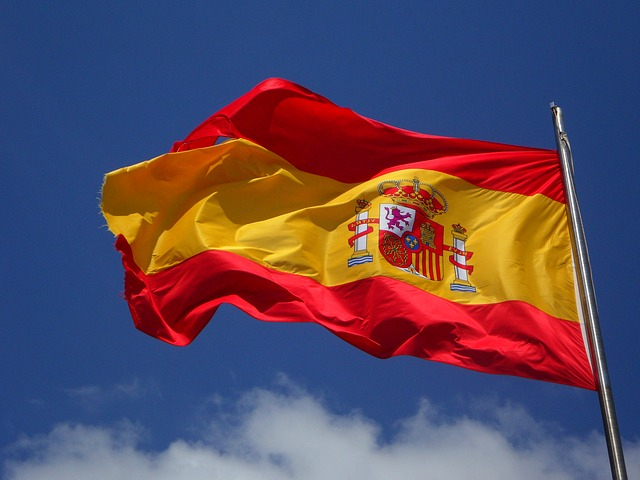Around 160,000 people in the Spanish region of Catalonia came back to confinement on Wednesday as the authorities struggled to control a fresh rise in the coronavirus or COVID-19 in the area, just weeks following a countrywide lockdown was lifted.
A judge finally gave approval to the region's government's stay-at-home order for the residents of the city of Lleida and six closeby towns on Tuesday night after many days of legal wrangling and political tensions about the issue.
COVID-19 in Spain

Under the new rules, people may only leave their homes for essential activities like working or buying supplies, while hotels, restaurants, and bars will close except for food pick-up or delivery. Regional authorities have also encouraged the residents of three neighborhoods in L'Hospitalet, a Barcelona suburb that is home to around 260,000, to stay home, but that's not mandatory confinement. Another judge refused to rubber-stamp a proposed restriction on gatherings of more than 10 people there.
After more than 28,000 deaths from the pandemic, Spain's government ended a nationwide lockdown on June 21, considering it had dealt with the worst of the virus as the number of contagions had ground to a near halt. But since then, more than 170 clusters have sprung up around Spain, prompting regional authorities to impose a patchwork of local restrictions, confusing locals and angering businesses.
While Catalonia, which is Spain's second-most populous region, is the first to return its citizens to home confinement, parts of Galicia have been sealed off to visitors and the Basque town of Ordizia imposed a curfew to tackle their own outbreaks. And, following Catalonia's lead, a string of regions introduced compulsory mask use at all times, regardless of whether social-distancing can be guaranteed. In the southern Andalusia region, the restriction even applies to beachgoers.
(With agency inputs)








